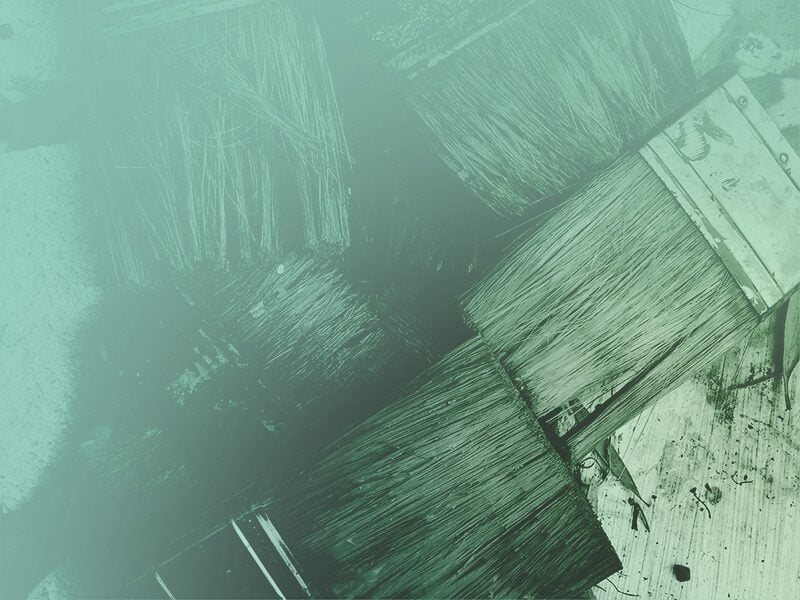Came across a fascinating and poignant observation in a book I’m reading in connection with my thesis, Stephen Sharot’s A Comparative Sociology of World Religions: Virtuosi, Priests, and Popular Religion. Like Islam and (non-Protestant) Christianity, premodern (and some contemporary branches of) Jewish tradition put much stock in the mediation and veneration of saints, generating a rich genre recounting their exploits. Hagiographical traditions in all these religions abounds in accounts of saintly miracles, but the author mentions one striking difference in the case of Judaism on page 14:
Whereas live Muslim saints sometimes became the loci of political power, the significance of the saint among Jews was related to Jewish lack of power: protection from the dangers of non-Jews was one of the major themes of the legends and tales of Jewish saints.
The sociological streak in me isn’t surprised–literature, regardless of genre or content, always reflects the environment in which it is produced to some extent–but still I find it quite thought-provoking that the specter of Gentile persecution haunted the Jewish imagination even in hagiographical traditions where the normal rules of reality are suspended. While other religious traditions are dwelling on more conventional and "upbeat" feats of inspiration to the faithful–flying, reading minds, healing the sick, …–it sounds like many Jewish accounts focused simply on communal survival. A sad commentary on the precarious social position of Jews throughout much of history.
I wonder if there is a discernible difference on this score between medieval Jewish hagiographical literature produced in the Muslim world and that originating from within Christendom.
While Muslim societies were by no means free of prejudice or discrimination against Jews, even critics like Bernard Lewis have acknowledged that Jews by and large faced markedly less persecution under Muslim rule for a variety of reasons. For Islamophobes this is ideologically an acutely inconvenient historical pattern. (Not that they’re letting historical facts cramp their style much these days.)











